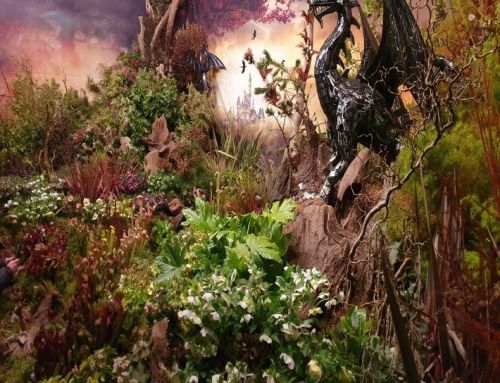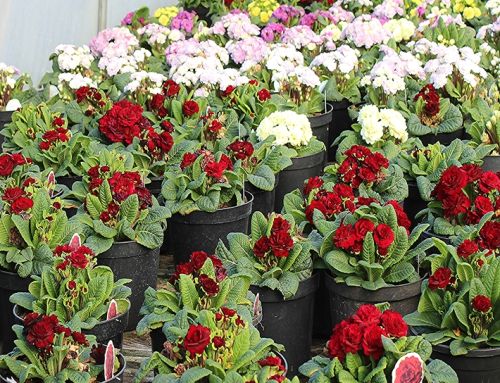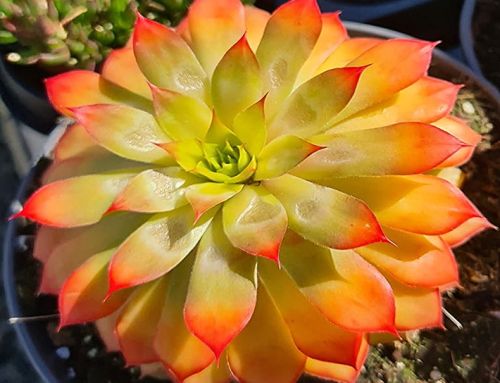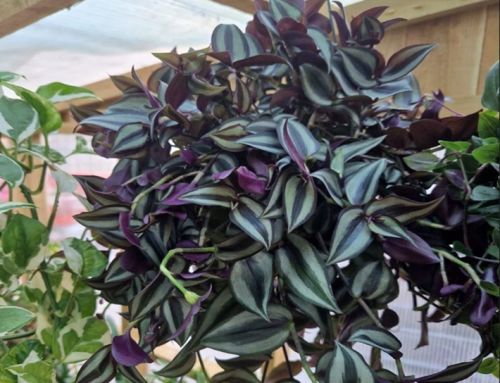Living Roof or Green Roof.
For some people the idea of a living roof is just associated with environmentalists trying to sustain the planet. In some respects that is true, as living roofs will help to reverse some of the effects that decades of heavy industry have had on the environment. However, one of the first examples of a living roof is one of the Seven Wonders of the Ancient World; The Hanging Gardens of Babylon. Designed by King Nebuchadnezzar II for his wife who missed the green fields and flowers of her homeland. The gardens were draped over stone pillars and roofs on a waterproof layer of reed and tar. Our ancestors were well aware of the value of living roofs. The Vikings had traditional wooden houses with low roofs covered in sod and plant material that would insulate, cool and feed the goats. Our needs are much the same nowadays, although not as many of us keep goats anymore. Settlers in North America constructed their homes completely from sod(turf), as there was a lack of trees on the prairie to build log cabins. They used upturned sod ‘bricks’ to create their roofs as the roots would grow into one another and strengthen the structure. Germany was building green flat roofs from the early 1900’s and continued to do so resulting in a revival in the 1960’s. The trend then spread across Europe. By definition a living roof or green roof as they are also known, is just a planted rooftop. A layer of intentionally planted vegetation on top of a building, kind of like an enormous plant pot with drainage and a finite layer of growing material. Due to the finite layer, whatever you plant has a limited root run and no access to soil water.
 Originally, the revival of living roofs was to compensate for the vegetated footprint that was lost by the construction of the building. Their increase in popularity was because they reduced air pollution in densely populated cities. Yet nowadays they contribute to the environment and quality of life in many different ways. If you take a closer look there are far more advantages than originally thought.
Originally, the revival of living roofs was to compensate for the vegetated footprint that was lost by the construction of the building. Their increase in popularity was because they reduced air pollution in densely populated cities. Yet nowadays they contribute to the environment and quality of life in many different ways. If you take a closer look there are far more advantages than originally thought.
Why should I consider a Living Roof?
Insulation and cooling – Plants absorb sunlight, 50% is absorbed and 30% reflected. This not only helps to create a cooler and more pleasant climate, but it keeps the property cool in the summer and insulates it in the winter.
Managing rainwater – Due to the plant, substrate and drainage layers of a living roof rainwater is absorbed. As a result, the amount of rainwater entering the sewerage system is less, it is purified and it takes longer to reach the drains. It reduces the peak load on the drains and reduces the risk of flooding.
Air pollution – The plants in a living roof convert carbon dioxide from the air into oxygen. Plants will also trap air particles and gas pollutants that contribute to air pollution. These pollutants are then either washed away by rainwater or absorbed by the plants. One square metre of a living roof can remove up to 200g of dust particles in a single year!
Noise amelioration – A living roof acts as a sound barrier for your building, but also absorbs sound providing a quieter environment.
Extends life span of roof – The roofing material is protected from the elements. The sun, rain, wind and temperature fluctuations all take their toll on your roof structure and can double or even triple the life span of your roof to up to 60 years or longer!
Efficiency of Solar panels – A living roof will reduce the overall temperature of your roof and therefore increase the efficiency of your solar panels, resulting in reduced energy costs.
Wildlife – The Succulents, Herbs, Plants and Grasses that you plant will attract Birds, Butterflies, Bees and other insects, creating a habitat for them. This is particularly useful in towns and cities where there is mainly concrete.
Aesthetics and design – Living roofs can be very aesthetically pleasing; think of your roof as a canvas to create amazing pieces of art
Well-being – It is a well-known fact that greenery helps with relaxation and reduces stress. Living and working in a green area will have a positive effect on the well-being of people.
Fire resistant layer – Plants naturally contain a lot of moisture. Therefore, your living roof will act as a natural fire resistant layer.

A lovely example of a living roof created by Organic Roofs showing how the roof helps the building blend into its surroundings.
So what are the disadvantages?
With a whole list of positives it is quite hard to find any disadvantages, the only ones that spring to mind are the initial cost and the maintenance. The initial outlay may well be a little costly but the long-term financial savings on energy costs, repairs and the longevity of the roof offset this. Although there are not currently any government grants, funding or incentives available specifically for living roofs for domestic customers it is worth checking with your local authority.
How much maintenance? Living roofs do need maintenance; the majority of plants chosen for a living roof are hardy and drought resistant and are able to cope without water for extended periods. Beyond that, you will need to water, as you would a regular garden. You may need targeted maintenance on areas to stop brown patches appearing and to provide continued areas of good growth. You may also need to weed from time to time and control unwanted bugs.
As you can see, the benefits far outweigh the disadvantages!
Types of living roofs and their construction.

There are two main types of living roofs ‘Intensive’ and ‘Extensive’
Intensive refers to flat roofs and are ideal as living roofs, the system structure consists of a waterproof and root resistant liner or membrane, a drainage layer with filter fleece, extensive roof garden substrate and a vegetation blanket. The added bonus of a living roof on a flat roof is that if you have access to it and it has a strong structure you can create an extra green space to enjoy. Perfect if you don’t have a garden. It can also be maintained easily.
Extensive refers to a 35° slope or less. For pitched roofs, you will again need a waterproof and root resistant liner or membrane and a drainage layer with filter fleece, but because the water runs off more quickly you will need, a thicker substrate layer to ensure your plants gets the correct nutrition.
 Here at the nursery we have put together some collections of living roof plants to make the decision a little easier for you, they fall into four categories, namely, Succulent, Herb, Slow Growing and Fast Growing Living Roof Collections.
Here at the nursery we have put together some collections of living roof plants to make the decision a little easier for you, they fall into four categories, namely, Succulent, Herb, Slow Growing and Fast Growing Living Roof Collections.
The succulent collection would typically contain Sedums, Sempervivums, Rosularias, Lampranthus and Delospermas amongst others. While the Herb Collection would perhaps have Thyme, Chamomile, Oregano, Marjoram, Prostrate Rosemary and Prunella in it. Our slow growing collection has a selection of Scleranthus, Asters (alpine), Armerias and Silene and others. Whilst the fast growing collection could contain Lysimachia, Phlox, Aubretia, Arabis, Leptinella and Campanulas. Our nursery staff hand pick the collections for you but we cannot guarantee the exact plants will be the same combinations as listed above.
As you can see there are plenty of options. Creating your own living roof doesn’t have to be on a grand scale, it could even be a garage, shed or lean-to roof, exactly the same principle can be used as with a roof. By creating a wooden baton edge and framework, a pond liner or membrane, topped with some filter fleece, or you could use rock wool insulation or an old carpet, then your soil or compost (you can add some sharp sand to your compost to make a more well drained medium). If you want to add a little more interest then you could always sow some wild flower seeds or scatter some bee bombs (mixed wildflower seed hand rolled in clay and soil). And finally, if you like the idea of a living roof but simply haven’t got the means to create one, then there is always the option of a living wall. A few Ferns and Hostas on a framework on a shady wall can add so much aesthetically to your property and you’ll be doing your bit for the environment.
scale, it could even be a garage, shed or lean-to roof, exactly the same principle can be used as with a roof. By creating a wooden baton edge and framework, a pond liner or membrane, topped with some filter fleece, or you could use rock wool insulation or an old carpet, then your soil or compost (you can add some sharp sand to your compost to make a more well drained medium). If you want to add a little more interest then you could always sow some wild flower seeds or scatter some bee bombs (mixed wildflower seed hand rolled in clay and soil). And finally, if you like the idea of a living roof but simply haven’t got the means to create one, then there is always the option of a living wall. A few Ferns and Hostas on a framework on a shady wall can add so much aesthetically to your property and you’ll be doing your bit for the environment.






